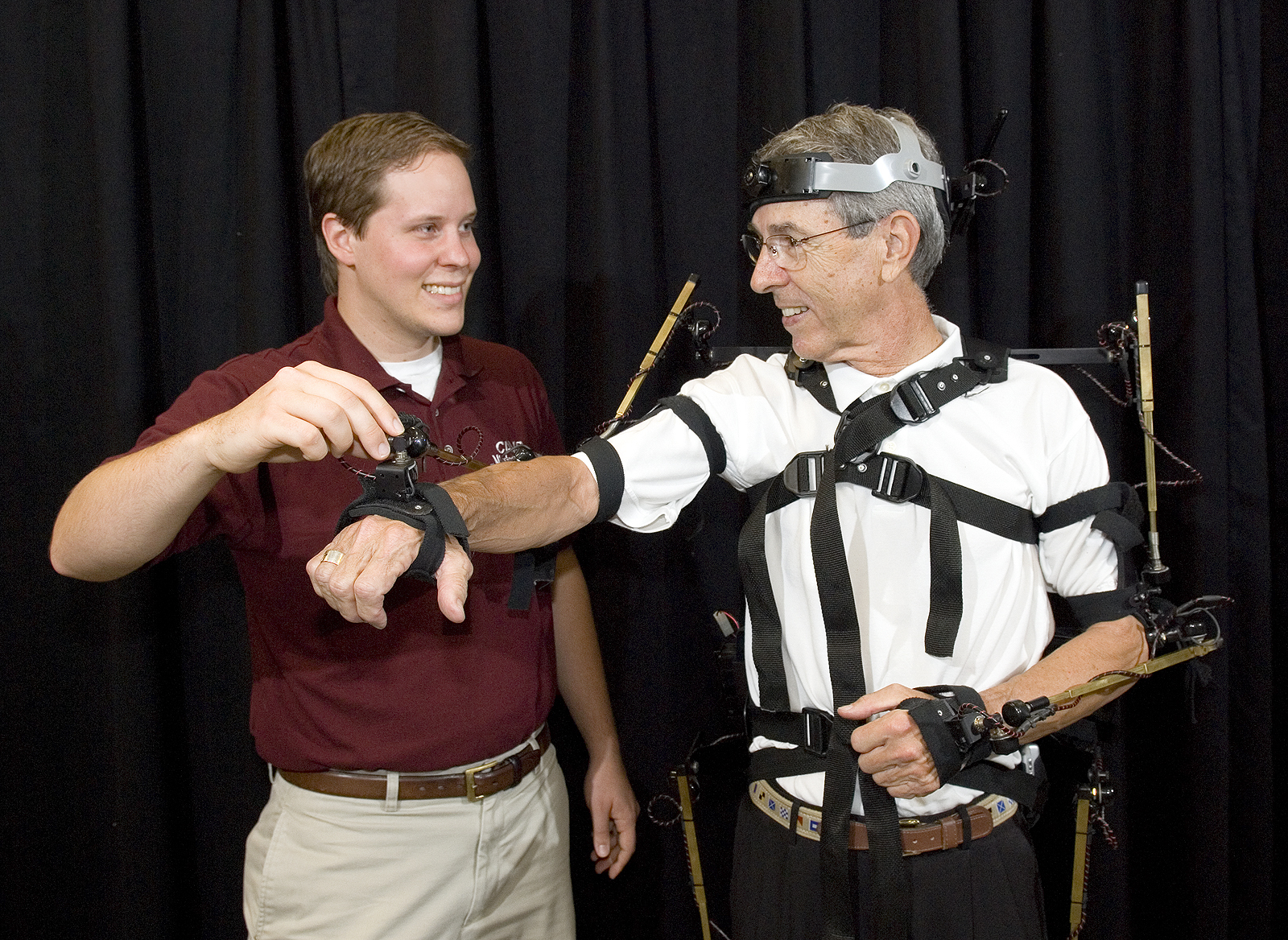Contact: Phil Hearn

STARKVILLE, Miss.--Former Tupelo Mayor Larry Otis is described by one friend and colleague as an "adventuresome soul" with an abiding "need for speed."
As a youngster growing up in rural East Central Mississippi, Otis frequently played with a toy model of the Bluebird racing vehicle Sir Malcolm Campbell drove to a new land-speed record across Utah's Bonneville Salt Flats in 1935.
Now retired from private business and politics, Otis is turning his childhood passion into a quest to set a land-speed record of his own in a biodiesel-powered automobile being designed by Mississippi State engineering majors.
"I've always liked automobiles and I'm project-oriented," said the Kemper County native and 1960 industrial engineering graduate of the university. "This is an opportunity to pull together some friends and some resources of the university."
Acting on his lifelong ambition, Otis recently approached officials of MSU's Center for Advanced Vehicular Systems with the idea of helping him build a Streamliner race car he wants to drive in an effort to establish a new land-speed record for its class.
A two-term Tupelo mayor from 1999-2005, Otis chose to compete in the Streamliner G Class, which includes diesel-powered engine sizes ranging from 93 to 122 cubic inches. To be classified a Streamliner, the vehicle must have the front wheel or wheels covered by an aerodynamic skirt and be powered by a mechanical drive train (as opposed to jet or rocket cars).
Success will require expertise in chassis design, suspension design and aerodynamic design, while meeting certifying organizational specification rules set by the Federation Internationale de Automobile and Southern California Timing Association.
Also a retired corporate officer of a river towing service, the 68-year-old Otis hopes to drive the race car over a three-mile course at the historic Salt Flats in an attempt to break the Class G existing speed record of just less than 128 miles an hour. A parachute braking system will be used for safety purposes in the individual timed run about two years from now.
Wayne H. Causey Jr., CAVS manager of technology development for commercialization, said a team directed by Neil Littell recently digitized Otis's body dimensions at the research center's Human Factors Laboratory.
"The racer will be designed around Larry's body dimensions in order to reduce air resistance," Causey explained. "A digital model of Larry will provide this data."
Littell said a computer software program called CATIA (Computer-Aided Three-Dimensional Interactive Application) is being used in the project.
Product life-cycle management coordinator for CAVS, Littell said an estimated 40-50 MSU students enrolled in his industrial engineering and industrial technology classes will begin designing the racer early this fall. The students represent a cross section of such fields as aerospace, mechanical and electrical engineering.
Otis and the officials at CAVS, which is directed by Rand German, predict the Streamliner vehicle will be about 18 to 24 feet in length and weight from 1,200 to 1,500 pounds. MSU's internationally recognized Raspet Flight Research Center, which specializes in carbon fiber composite technology, may help design the racer's skin.
"We've talked about multiple classes devising a variety of designs, so there will be some sense of competition to get the best and most efficient concepts," said Otis. "We might merge some of those ideas to synthesize this down to an optimum approach."
Although CAVS has the capability to do some of the vehicle fabrication, Otis indicated the car actually may be manufactured by friends who operate machine-shop facilities in Tupelo. The racer eventually will be displayed at the Tupelo Automobile Museum, which Otis helped establish in 2004 with the late Frank Spain, a fellow MSU alumnus.
"At any rate, we do expect MSU students to participate in the design, fabrication, testing, and racing activities," said Causey. "Once Neil has a rough plan, we can start putting cost estimates together."
Littell said the project will provide invaluable training for MSU students.
"I like to give them projects they know will result in something real," he said.
As for Otis's fascination with things that go fast, he claims it's a positive factor.
"It keeps me out of trouble," he asserted.
NEWS EDITORS/DIRECTORS: For more information, contact Wayne Causey at 662-325-6682 or 662-312-7950. His e-mail address is wcausey@cavs.msstate.edu.